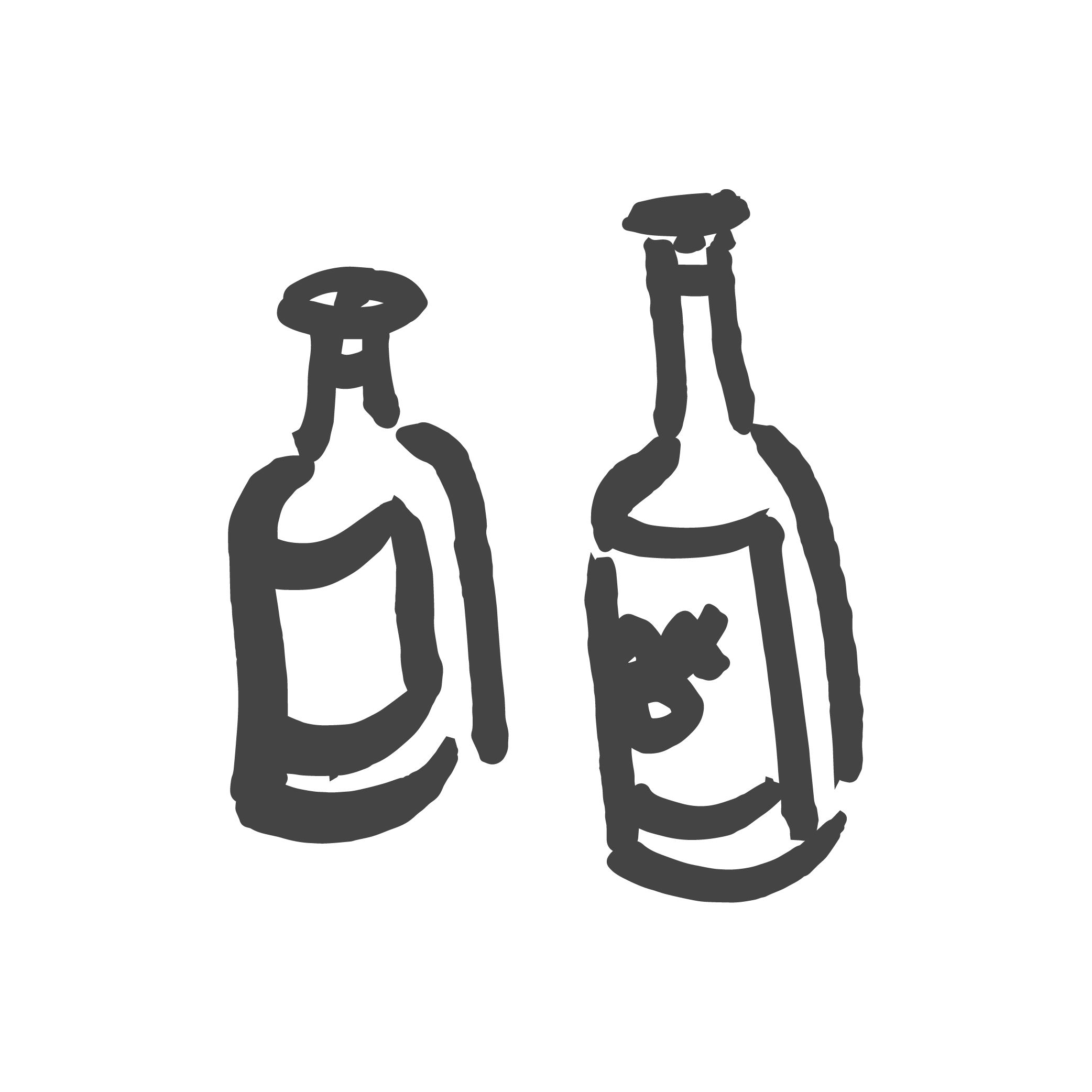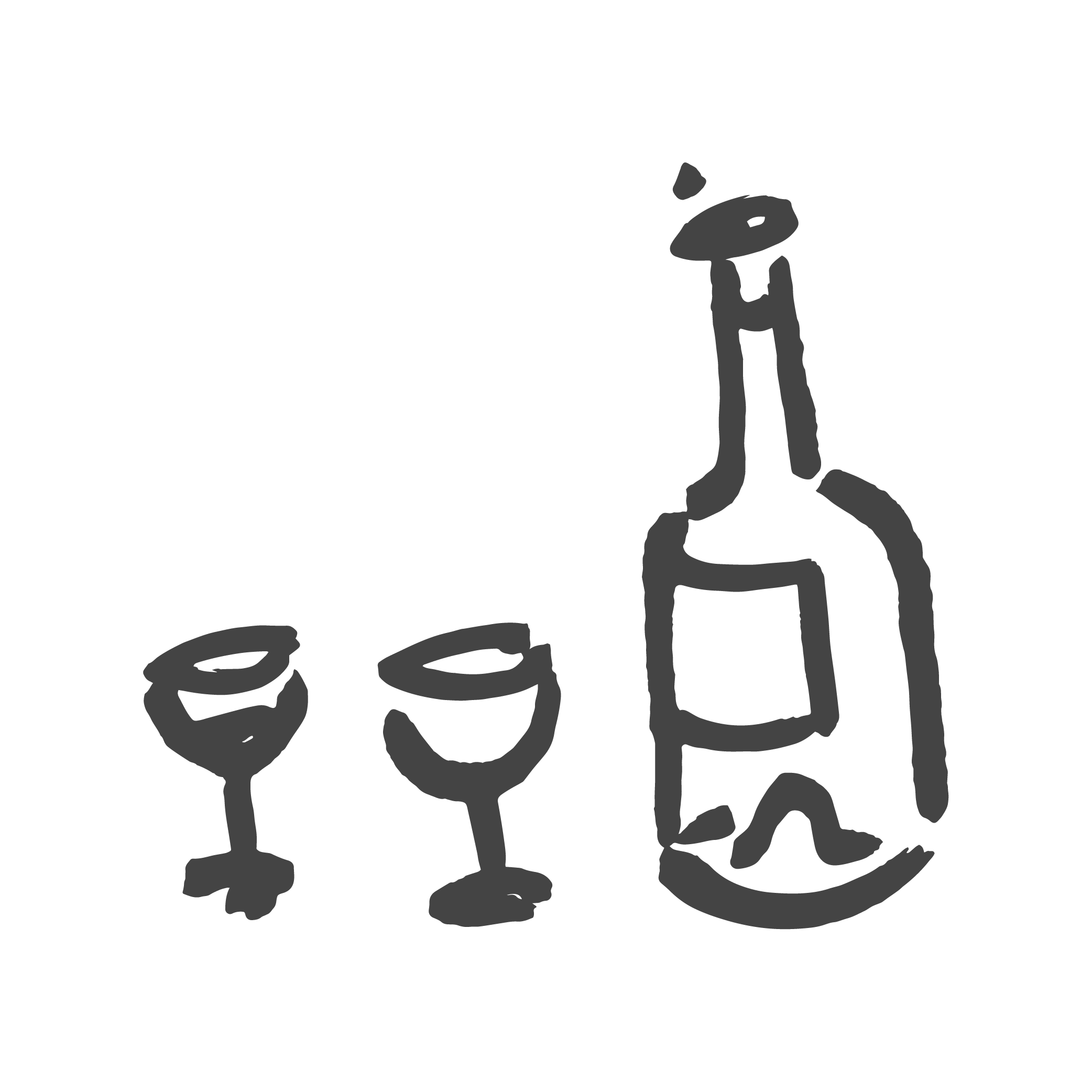Autumn heralds the start of harvest season and with it a throng of activity amongst the vines now drooping and ready for their fruits to be picked and pulped into this year’s vintage. It’s a time when vintners await with bated breath to see whether their year of care and attention bestowed on the vines has flourished, or indeed floundered. It’s an exciting time – and if you’re out walking amongst Europe’s wine regions, you’ll be able to share and savour the conviviality and sense of anticipation.
As our thoughts turn to autumn’s bounty, we’re diving into Europe’s most acclaimed wine regions and shining a light on those that aren’t yet on everyone’s radar.
Many of our hotels are located amongst vineyards, with tastings of their own labels or wines from within a few miles, while many walks take you right through the vines themselves, giving you the chance to witness harvest time in full swing.
As our thoughts turn to autumn’s bounty, we’re diving into Europe’s most acclaimed wine regions and shining a light on those that aren’t yet on everyone’s radar.
Many of our hotels are located amongst vineyards, with tastings of their own labels or wines from within a few miles, while many walks take you right through the vines themselves, giving you the chance to witness harvest time in full swing.
Italy: Tuscany
The rolling, cypress-studded hills of Tuscany produce the famed Chianti Classico, a red wine made from the Sangiovese grape. The longer ripening season gives it the famed ruby colour and berry aromas unlike nearby Brunello which produces a deeper, fuller-bodied red.
A bit of background:
- The Etruscans were the first to earmark the region for growing grapes.
- It was Grand Duke Cosimo III de’Medici who demarcated the area now known for growing Chianti Classico in 1716.
- It earned DOC status in 1984, then Chianti Classico and Chianti DOCG became their own separate appellations. Nowadays, the area grows the most grapes for wine in Italy after Prosecco.
Which holiday? Walking the Hill-Top Towns of Tuscany
Roam the Chianti hills, past vineyards, exploring honey-coloured hill-top towns. The hotel in San Gimignano overlooks the vines surrounding the town, too. History is never far away here, with Etruscan and Roman remains to be found in Volterra and palaces in San Gimignano, and plenty of wine to savour after a day walking the trails.
The rolling, cypress-studded hills of Tuscany produce the famed Chianti Classico, a red wine made from the Sangiovese grape. The longer ripening season gives it the famed ruby colour and berry aromas unlike nearby Brunello which produces a deeper, fuller-bodied red.
A bit of background:
- The Etruscans were the first to earmark the region for growing grapes.
- It was Grand Duke Cosimo III de’Medici who demarcated the area now known for growing Chianti Classico in 1716.
- It earned DOC status in 1984, then Chianti Classico and Chianti DOCG became their own separate appellations. Nowadays, the area grows the most grapes for wine in Italy after Prosecco.
Which holiday? Walking the Hill-Top Towns of Tuscany
Roam the Chianti hills, past vineyards, exploring honey-coloured hill-top towns. The hotel in San Gimignano overlooks the vines surrounding the town, too. History is never far away here, with Etruscan and Roman remains to be found in Volterra and palaces in San Gimignano, and plenty of wine to savour after a day walking the trails.
Alternatively...
 Deep in Tuscany’s hidden hills of La Maremma is a truly rural agriturismo set amongst 45 hectares of vineyards as well as olive groves and oak forest. Not only does Gualdo del Re make an atmospheric place to stay, it’s also a working winery and their meals (served in their own restaurant) pair perfectly with the estate’s own wines. A wine tasting is included with your stay, too.
Deep in Tuscany’s hidden hills of La Maremma is a truly rural agriturismo set amongst 45 hectares of vineyards as well as olive groves and oak forest. Not only does Gualdo del Re make an atmospheric place to stay, it’s also a working winery and their meals (served in their own restaurant) pair perfectly with the estate’s own wines. A wine tasting is included with your stay, too.
Italy: Piedmont
Home of Barolo
Home of Barolo
Venture to Piedmont and you’ll leave a connoisseur on all things Barolo. The town of Barolo is home to two wine museums and wherever you go you encounter cantinas (wine cellars) where you can try this rich, velvety red, much celebrated the world over.
Our walking holiday includes a tasting and routes through the medieval villages with a long heritage in producing the wine. Go in spring for when the vines begin to bloom and September for the hubbub of harvest time.
Walk the Barolo wine region >
Our walking holiday includes a tasting and routes through the medieval villages with a long heritage in producing the wine. Go in spring for when the vines begin to bloom and September for the hubbub of harvest time.
Walk the Barolo wine region >
Portugal: Douro
The terraced, vineyard-clad hillsides of the weaving River Douro form one of the world’s oldest wine regions dating back over 2,000 years. Port is the most iconic wine produced here, which makes its way downriver to the famed lodges in Vila Nova da Gaia, but red and white wines are becoming ever-more popular – and delicious – options, too.
Did you know?
- It was the world’s first demarcated wine region, dating back to 1756.
- The Alto Douro Wine Region is a UNESCO World Heritage Site.
- The terraced vineyards are a beautiful sight, but go in spring for cherry and almond blossom, and autumn for golden and copper-coloured landscapes – both magical times of year to walk in the Douro.
Which holiday? Porto & the Douro Valley
Walk tranquil paths through the rural heart of port-wine country staying at traditional quintas (wineries) and enjoy a stay in Porto, named Europe’s Best Emerging Culinary City in 2025.
Alternatively…
Journey by train from Porto to Lisbon, stopping off in the Douro at Quinta de la Rosa, a wine producer offering a truly authentic experience of a Portuguese wine estate. You stay on the estate itself, which is delightfully located on the riverside and grows grapes for both port and wine.
Porto to Lisbon with Sintra & the Douro Valley by Rail >
Or, how about? Heading south to Sintra near Lisbon, where one of our chosen hotels, Quinta Vale da Roca overlooks vineyards stretching down towards the Atlantic. They produce their own wine, but on a much smaller scale, and include varieties like Pinot Noir, Arinto, Encruzado, and Malvasia. The owner even paints their own labels!
Palaces & Pathways of Sintra >
Did you know?
- It was the world’s first demarcated wine region, dating back to 1756.
- The Alto Douro Wine Region is a UNESCO World Heritage Site.
- The terraced vineyards are a beautiful sight, but go in spring for cherry and almond blossom, and autumn for golden and copper-coloured landscapes – both magical times of year to walk in the Douro.
Which holiday? Porto & the Douro Valley
Walk tranquil paths through the rural heart of port-wine country staying at traditional quintas (wineries) and enjoy a stay in Porto, named Europe’s Best Emerging Culinary City in 2025.
Alternatively…
Journey by train from Porto to Lisbon, stopping off in the Douro at Quinta de la Rosa, a wine producer offering a truly authentic experience of a Portuguese wine estate. You stay on the estate itself, which is delightfully located on the riverside and grows grapes for both port and wine.
Porto to Lisbon with Sintra & the Douro Valley by Rail >
Or, how about? Heading south to Sintra near Lisbon, where one of our chosen hotels, Quinta Vale da Roca overlooks vineyards stretching down towards the Atlantic. They produce their own wine, but on a much smaller scale, and include varieties like Pinot Noir, Arinto, Encruzado, and Malvasia. The owner even paints their own labels!
Palaces & Pathways of Sintra >
Portugal: Madeira
Madeira’s volcanic soils and mild climate have helped produce the island’s famed fortified wine, with the first recorded shipping in 1456, just 25 years after the island was discovered.
Its difference lies in the way it’s produced using heat (estufagem) and oxidation; said to have originated from replicating the long journeys by sea where sailors noticed the heat and rocking improved the wine’s flavour.
Nowadays, the most common varieties include Malvasia, Verdelho, Bual, and Sercial.
 Madeira immersion: Quinta das Vinhas
Madeira immersion: Quinta das Vinhas
Enveloped by vines and overlooking the ocean, our hand-picked agroturismo for Landscapes of Western Madeira walking holiday fully immerses you in Madeira’s wine scene. They produce their own organic wine from Verdelho grapes as well as over 70 other varieties in total.
Its difference lies in the way it’s produced using heat (estufagem) and oxidation; said to have originated from replicating the long journeys by sea where sailors noticed the heat and rocking improved the wine’s flavour.
Nowadays, the most common varieties include Malvasia, Verdelho, Bual, and Sercial.
 Madeira immersion: Quinta das Vinhas
Madeira immersion: Quinta das VinhasEnveloped by vines and overlooking the ocean, our hand-picked agroturismo for Landscapes of Western Madeira walking holiday fully immerses you in Madeira’s wine scene. They produce their own organic wine from Verdelho grapes as well as over 70 other varieties in total.
France: Alsace
Gewurztraminer, Riesling, Muscat, Pinot Noir, and Pinot Gris – these are just a few of the varieties to hail from Alsace. There are sweeter dessert wines, sparkling wines, red, and of course, the most well-known from the region, dry white wines. The landscapes and flower-festooned villages paint a picture of perfection, while the wine is a fine match to the region’s equally delectable cuisine.
Which holiday? Castles, Vines & Forests of Alsace
Rolling hills carpeted with vines, pretty villages with half-timbered houses, and forested slopes to explore – the trails here take you deep into a region brimming with Franco-German culture and cuisine. The hotel chosen for the final stop in Bergheim, Hotel La Cour du Bailli, is set amongst vineyards and your hosts, the Halbeisen family, will guide you through an included tasting. Santé.
Which holiday? Castles, Vines & Forests of Alsace
Rolling hills carpeted with vines, pretty villages with half-timbered houses, and forested slopes to explore – the trails here take you deep into a region brimming with Franco-German culture and cuisine. The hotel chosen for the final stop in Bergheim, Hotel La Cour du Bailli, is set amongst vineyards and your hosts, the Halbeisen family, will guide you through an included tasting. Santé.
France: Loire Valley
From Muscadet near the coast, producing white wines using Melon de Bourgogne grapes, Saumur producing Chenin Blanc, and Sancerre and Pouilly-Fumé producing Sauvignon Blanc – amongst many more – the 965km stretch of the Loire Valley encompasses an incredible range of wines.
Which holiday? Châteaux & Vineyards of the Loire Valley
Stroll between the Loire’s finest châteaux, walk beside vineyards and ancient forests, and stop for a tasting as you go – this is a leisurely walking holiday that gives you ample opportunity to stop and savour the sights and wines.
 Alternatively… Why not head to Austria?
Alternatively… Why not head to Austria? The prestigious wine-producing region around the Wachau World Heritage Trail following the Danube Valley produces the celebrated Riesling grape. Many of the days take you through the terraced vineyards, including Kollmütz, with plenty of opportunities to try the different varieties en route and in the towns you visit.
Discover the Danube >
Perfect match: walking & wine
Our walking holidays are all self-guided, giving you the freedom to stop and savour the region’s gastronomy at the cantina, Keller, or quinta that takes your fancy. You can stay as long as you like, taking in the views over the vineyards, and move on when it suits you.
Coming soon! Look out for a new holiday for 2026 in Italy’s most sparkling region…
In the meantime, check out our experts' picks of foodie holidays.
Coming soon! Look out for a new holiday for 2026 in Italy’s most sparkling region…
In the meantime, check out our experts' picks of foodie holidays.